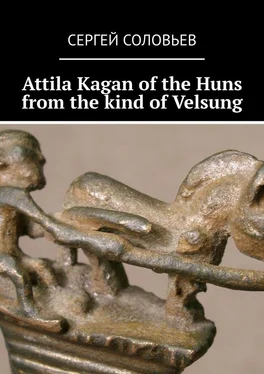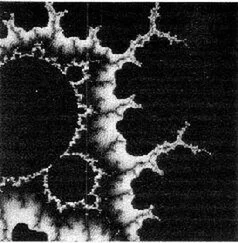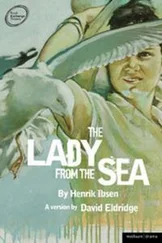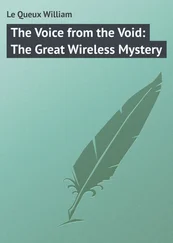A find in Greece is very interesting, a crystal bucket with a handle in the shape of a duck’s head was found in Mycenae, dated to the 15th century. BC. The work is, of course, extremely difficult, how could the master make such a fragile thing, because it is not cast and has not been blown out of glass? But the shape of this magnificent object copies wood products found in the distant Urals. Wooden ladles were later found in the Scythian burials already in the Iron Age, as evidenced by numerous finds. The culture of using ladles in everyday life was preserved in Russia until the 20th century, now these wooden objects are used as decorative dishes. That is, this ritual dish can be used as a kind of indicator of Indo-European culture.
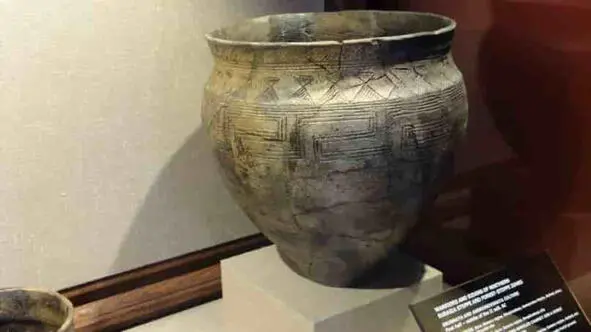
Abashevo culture, blackened vessel with meander SHM, Moscow.
Blackened and ground milk ceramics appear among artifacts of the pit and catacomb cultures in the middle of the 3rd millennium BC. A method of manufacturing black-glazed ceramics was discovered in the vast past. By whom and when it is now impossible to establish. It is known that the Etruscans (VIII – II centuries BC) already had a technology for the manufacture of black-glazed ceramics. Black-glazed household utensils were widely distributed in Russia, the peak of its popularity occurred in the period from the 3rd to the 19th centuries. The method is quite simple – the ceramics are smoothed out, then the products are fired in a smoking flame without oxygen (staining). Milk milk is a very mouth-watering formulation and one of the most popular methods of fire decoration. The bottom line is the following – the sintered shard (past the unit kiln) is placed in milk, and then baked again at a lower temperature (about 300°C). And this utensil has been seen among the finds dating back to the 3rd millennium BC. and at present in the basin of the Volga and Don rivers, and the steppes of the Black Sea region, and Trans-Urals. Similar ceramics were discovered by Schliemann and Taylor during archaeological excavations in Troy and Hellas, and similar dishes were found in Crete and date back to the beginning of the third millennium BC. Significant can be called bracelets, pins, wands with the image of volute (double helix). These findings are widespread, and open bracelets with volutes are one of the hallmarks of these cultures.
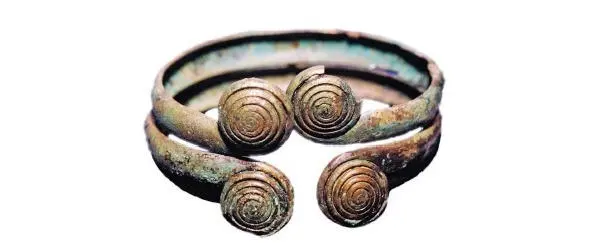
Bronze bracelet from Sintashta

monuments of Koban culture, SHM
Huns-Hans, but it is the real, ethnic Huns. and not members of the union of tribes who embraced the Hunnic culture, was characterized by extremely high growth. According to the finds of the Tarim mummies belonging to the Andronovo culture, they grew to 200 cm. Mummies were discovered in 1939. Bergman, and the most impressive finds in China were 1980s goals, where he managed to find well-preserved remains on display at the Urumqi Museum.

All the legends about the giants of Greece speak of the extremely high growth of these heroes, in Germany they are called giants by the Huns (Huns), and the Burgundians, part of the Huns, also had gigantic growth according to the letters of the Romans. Savirs-northerners-northerners of Novgorod-Seversky Zemly reached a height of 180 cm.
The closest to Andronovites were representatives of the European culture of cord ceramics and Sintashta culture, as well as modern Indian populations, according to a study by Keyser C. et al. “Ancient DNA provides new insights into the history of south Siberian Kurgan people.”
Bashlyk (tur. Başlık – headgear) – a pointed pointed hood worn in bad weather over any headgear to protect “from the cold, rain and sunshine.”
But, however, this type of headdress BASHLIK first appears among the Andronovites of China. And the Andronovites were not Türks. In men, judging by the findings of the Tarim mummies, these are caps that differ in their sharp tip.
Further, a similar type of headdress appears among the priestesses of Crete, and here undoubtedly the influence of the Huns-Hans

Cretan goddess in the head. 18th century BC
The figurine is made of ivory, on the head is a Scythian hat.

Further, a similar headdress is depicted among the Cimmerians and Scythians. As you can see, this is a pointed hat, with blades for wrapping the neck, such a hat-scarf of the past. Thus, bashlyk is the cultural heritage of the peoples of Russia, and unfortunately, there is no proper attention to this headdress in terms of promotion on the market for the purpose of sale, as well as to the shirt-shirt. Especially since the headband is more than 4000 years old, and it deserves attention. Similar scarfs are in Estonia and Sweden. But in the case of a hat, a scarf is another design – not the blades are wound around the neck, but the laying of the knitted construction of the garment.
Farn is considered a power
Farn is considered a power, or deity, which is interpreted as the material embodiment of the life-giving power of the Sun, divine fire, a divine essence that brings wealth, power and power. Often Farn appears both as a kind of abstract sacred good idea, and as a concrete material symbol, a divine character. Usually in mythology, Farn has common attributes with food, which is often indicated in the Iranian languages by the same word or its derivatives. For example, the mention of this name is found in the performance of the modern traditional Ossetian feast ritual – in one of the toasts, pronounced in strict sequence, an appeal to “Farn of the Universe” follows with a request for the granting of happiness. Sometimes Farn acts as a good spirit – the keeper of the hearth. In some cases, Farn is understood as happiness, a share, fate, that is, in this sense it is comparable with the similar gods of Greek and Roman mythology – Tiche, Fortune. Farn often appears as a symbol of royal power.

But if simpler, it was this sacred animal that carried the soul of the deceased to the land of ancestors, or the land of the gods, the other world. As an example, Aries of Gella (Ella), here it is similar to Sarasvati, in which there was an aries and a swan. The ram image as a symbol of Farn was widely distributed in the Kushan kingdom, Sogd and Bactria.
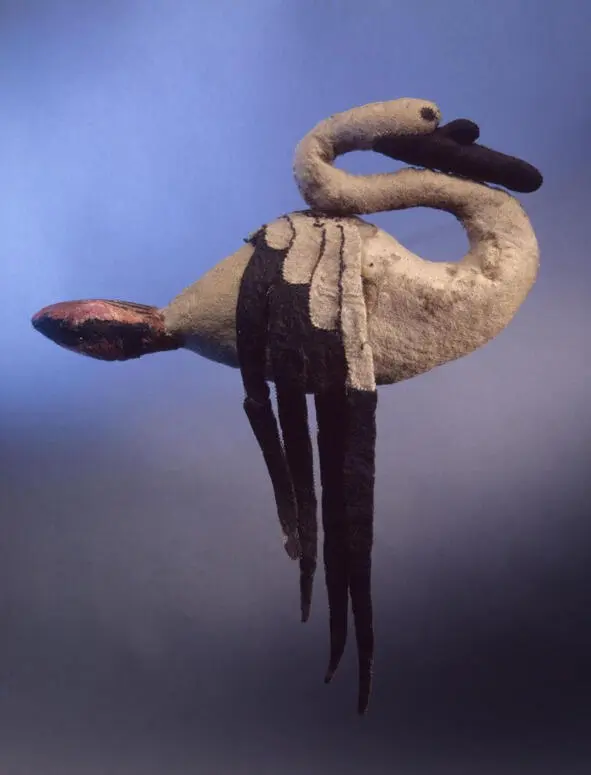
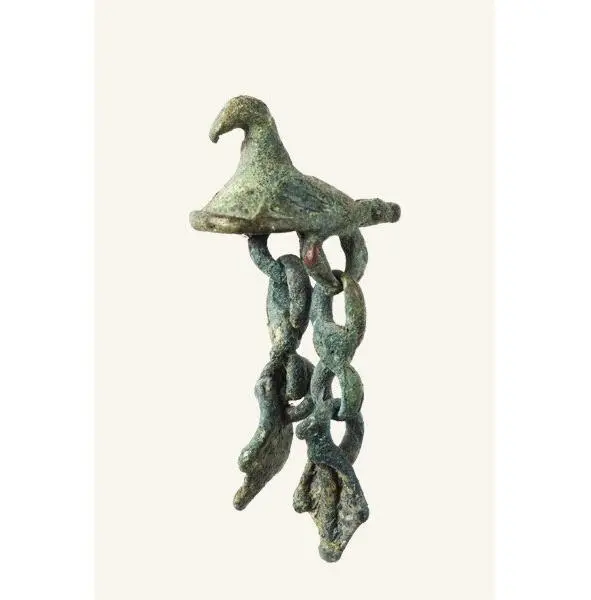
In the graves of the sacks farn swan
Читать дальше
